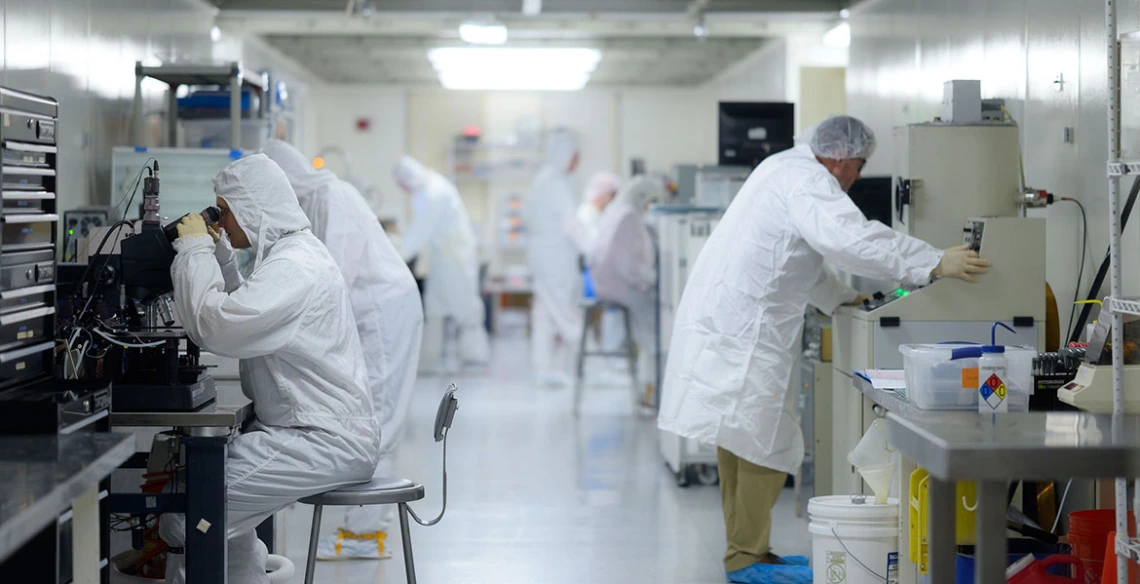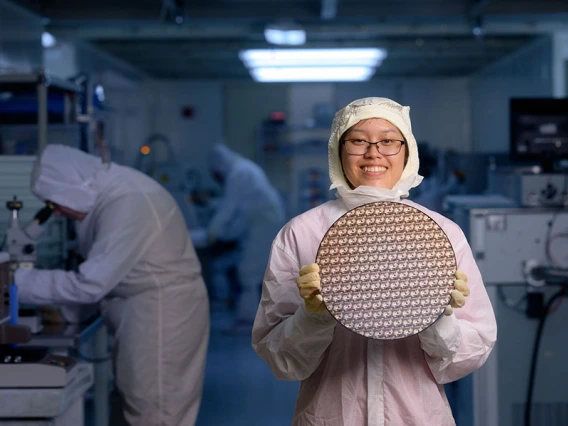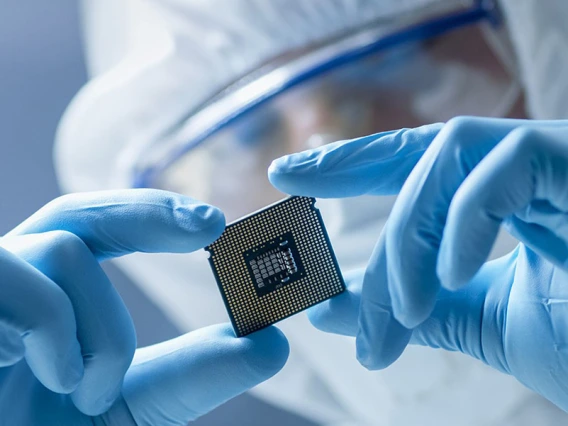UA Agreement With NAU Furthers Plans for Boosting Arizona's Semiconductor Industry
The universities and industry partners are collaborating on research and education to strengthen the state’s workforce and production capabilities.

The University of Arizona's Micro/Nano Fabrication Center, which is being upgraded and expanded with $35.5 million from the Arizona Commerce Authority, is a key facility in the university's efforts to help grow manufacturing and research efforts involving semiconductors.
The University of Arizona and Northern Arizona University have made a new agreement to help the state increase prominence in the national semiconductor industry.
The agreement is the latest step for the university’s Center for Semiconductor Manufacturing, which launched in May 2023. The memorandum of understanding formalizes a plan for the universities and industry partners to work together on research projects and academic partnerships related to semiconductor manufacturing.
The MOU also encourages the UA and NAU to share research space and equipment and explore ways to offer courses and professional development programs around the state to students and people working in the industry.
For example, the Arizona Commerce Authority in November awarded the College of Engineering $35.5 million to expand the Micro/Nano Fabrication Center, a facility that supports manufacturing and research efforts involving semiconductors, computer chips, optical devices and quantum computing systems. The funding also is helping expand training opportunities across Arizona through innovative teaching – the college is creating a digital twin of the MNFC to serve as a virtual reality simulation of the facility for students at partner schools such as NAU.
Combining Strengths
An MOU signing ceremony, held on the NAU campus in Flagstaff on Jan. 26, included Liesl Folks, UA vice president for semiconductor strategy; Andy Wang, dean of the NAU College of Engineering, Informatics, and Applied Sciences; and Ali Torabi, chairman of Lawrence Semiconductor Research Laboratory, Inc., a manufacturer based in Phoenix.
"We want to make sure we're taking each of our distinct strengths and leveraging them across the whole of the state, and make sure we're not reinventing curricula offerings unnecessarily," said Folks, who is also a professor of electrical and computer engineering. "We're actively looking for efficiency and timeliness as we seek to have Arizona be as competitive as possible on the international playing field."
Semiconductors, tiny computer chips used in all electronics, have become central to modern life. But the semiconductor manufacturing industry has only a few large and notable manufacturers, and its workforce is not keeping pace with demand.
Governments around the world have rapidly rolled out incentive programs to increase semiconductor manufacturing. The Biden administration has made semiconductor workforce development a key federal initiative, namely through the CHIPS and Science Act.
“This memorandum of understanding demonstrates the need for collaboration across the state to advance the semiconductor industry – both in Arizona and across the U.S.,” Wang said. "Each university has strengths that it can and should build upon, such as research and development, facilities, equipment and scholarship, that we should each leverage strategically for the benefit of the entire state.”
Arizona already has a strong foothold in helping to address that demand: Several large manufacturers, including Intel and TSMC, have operations in the state, and more are on the way.
"People achieve the impossible when they come together and collaborate to solve society's most urgent problems," Torabi said. "It's critical that these universities combine their strengths to deliver results that far exceed the impact of each institution working to address these issues alone."



